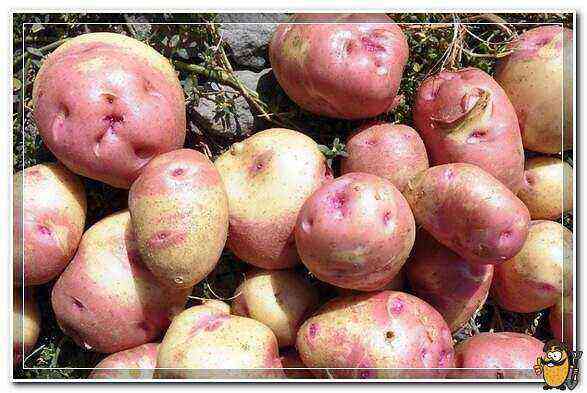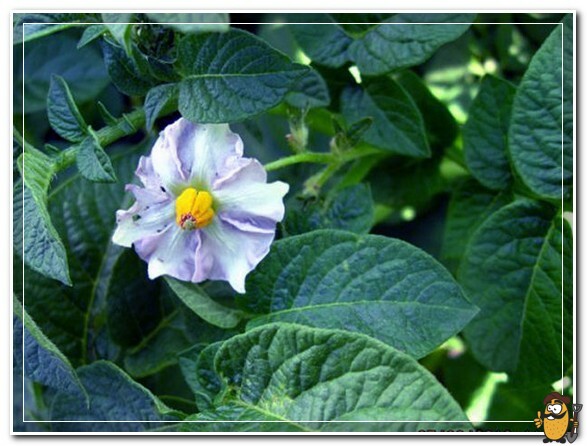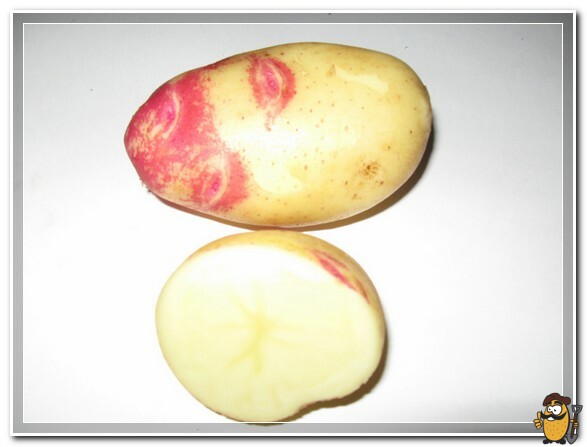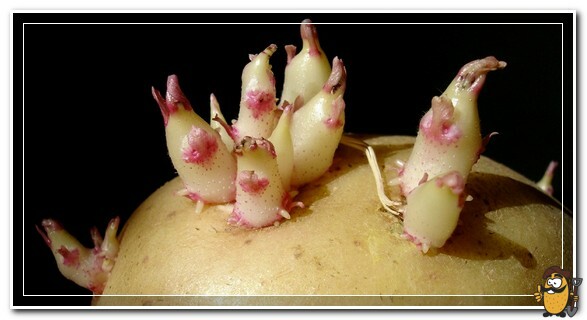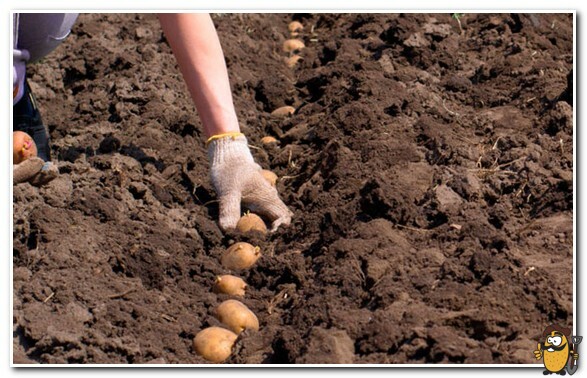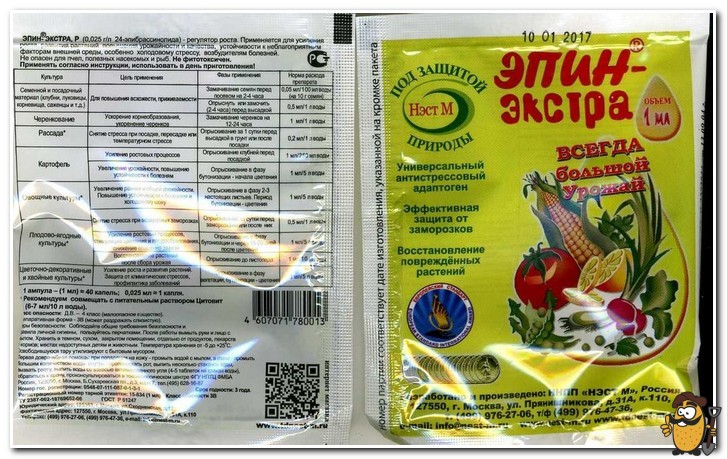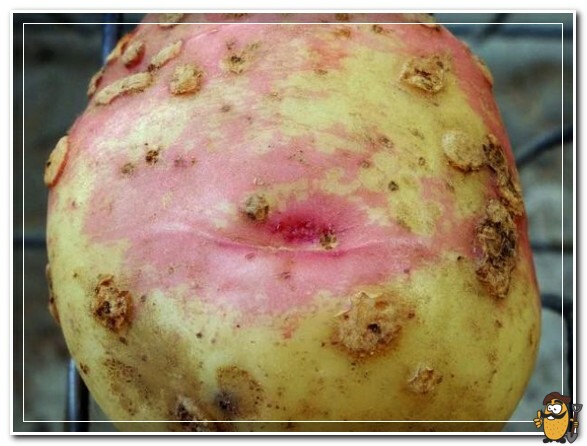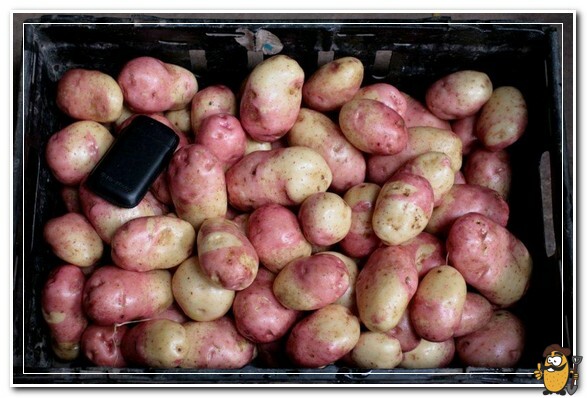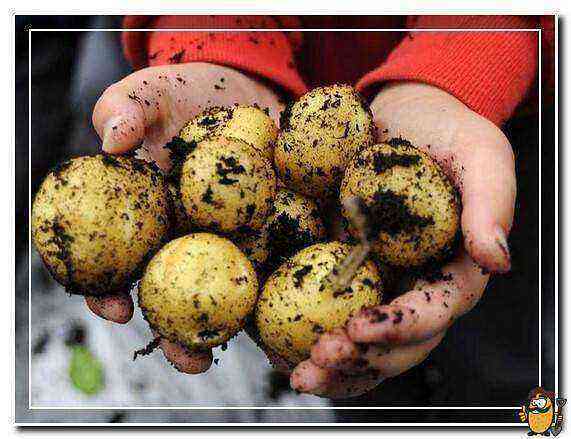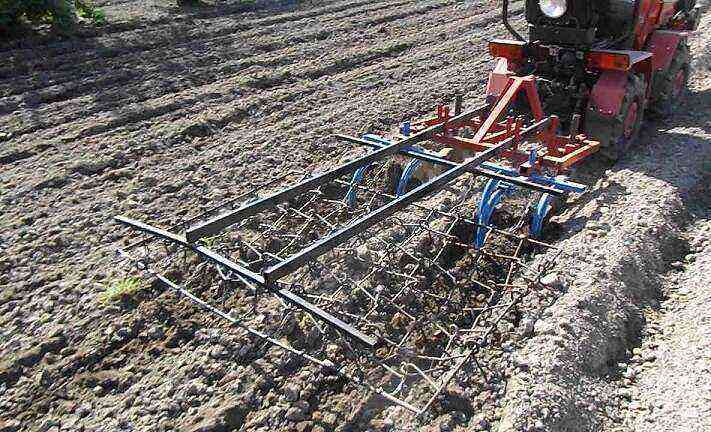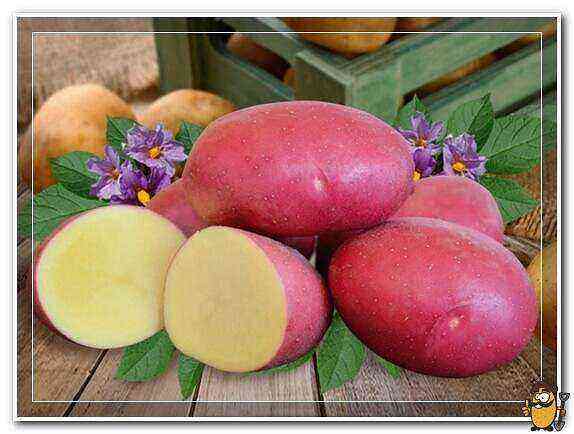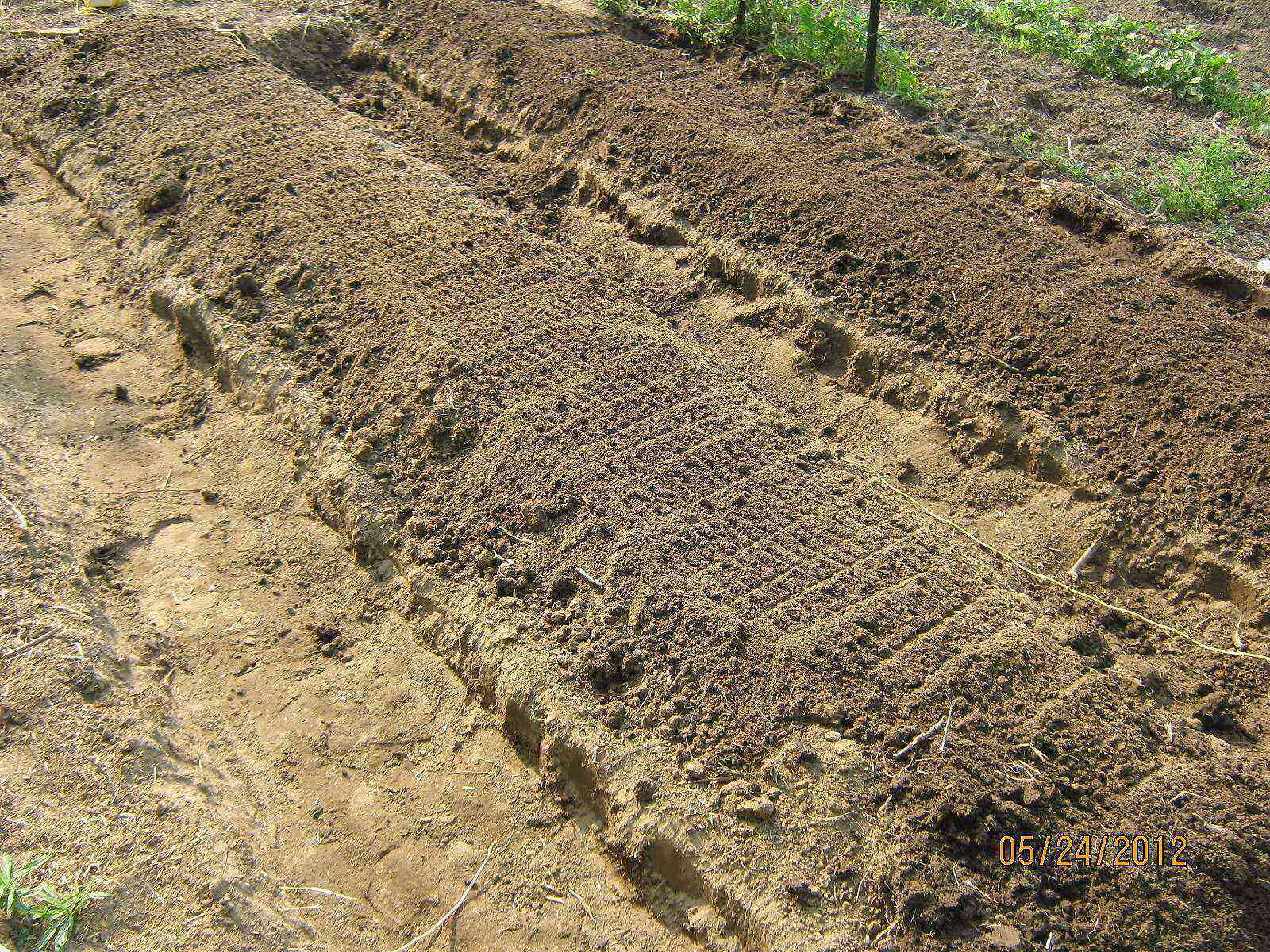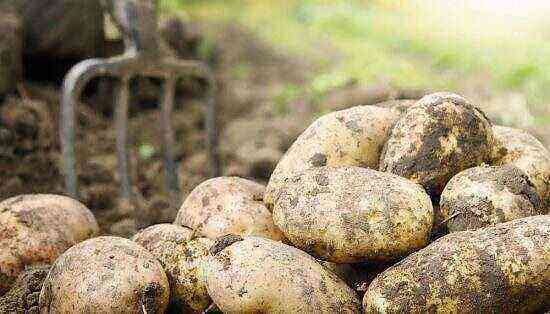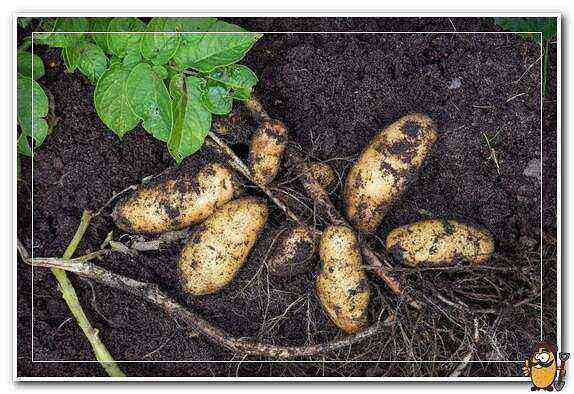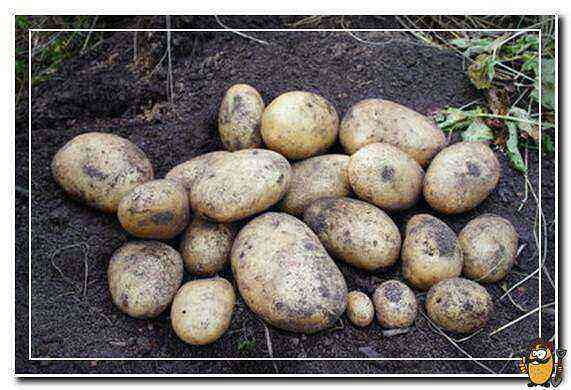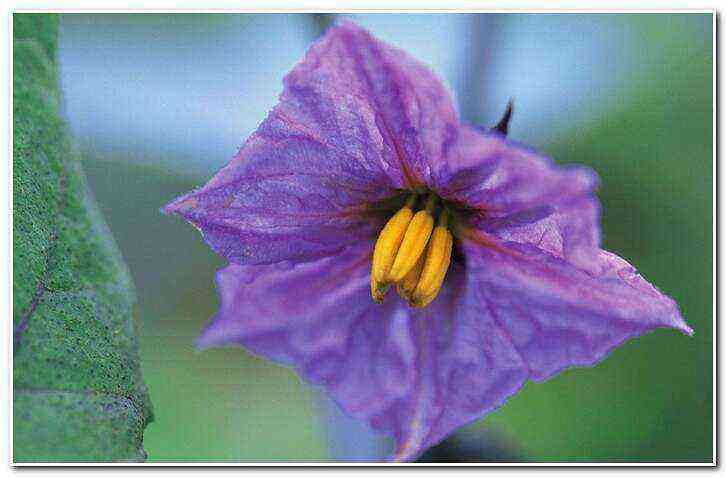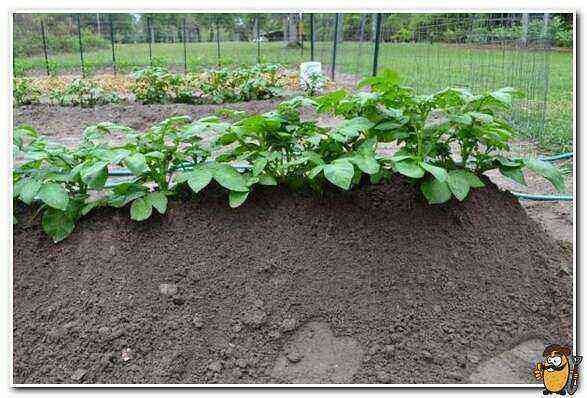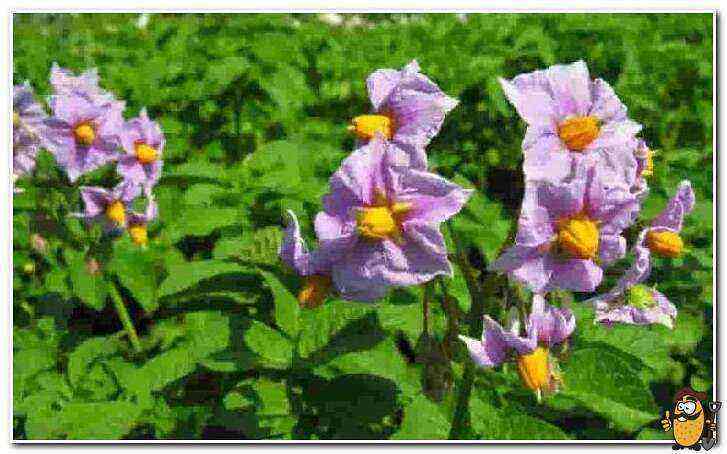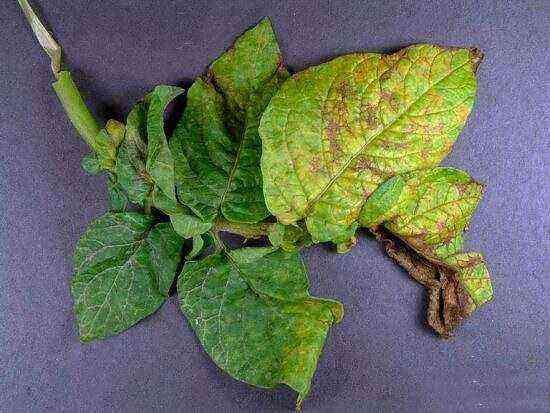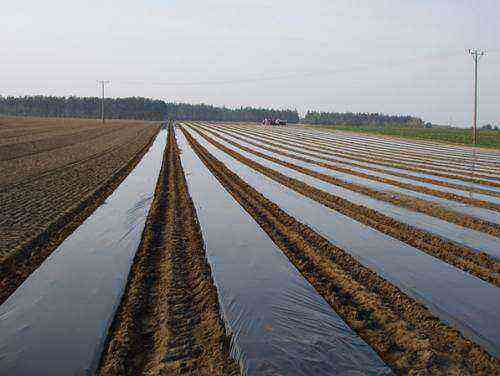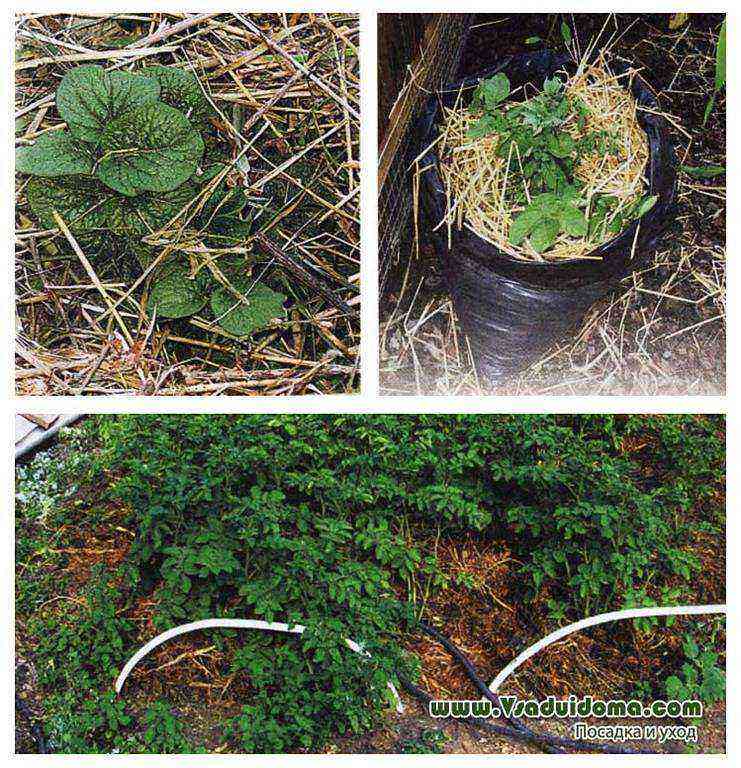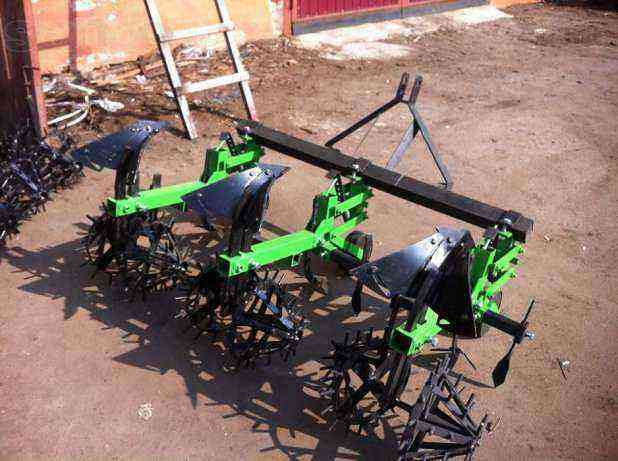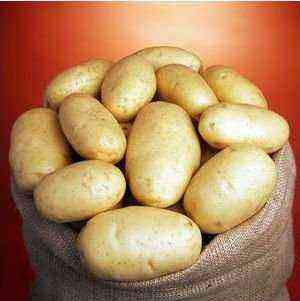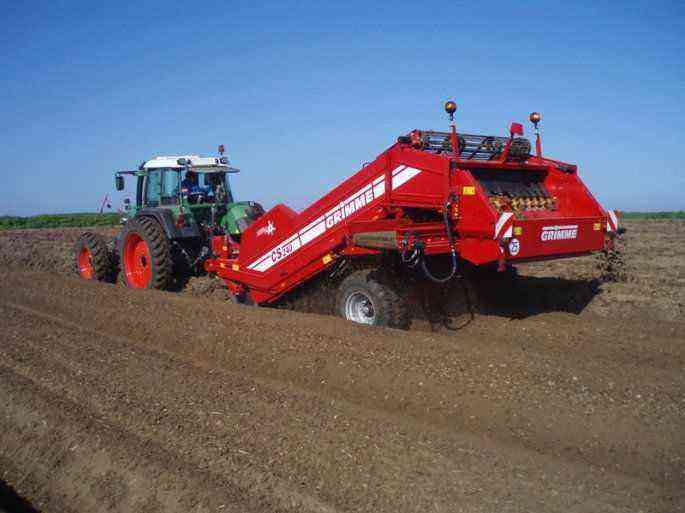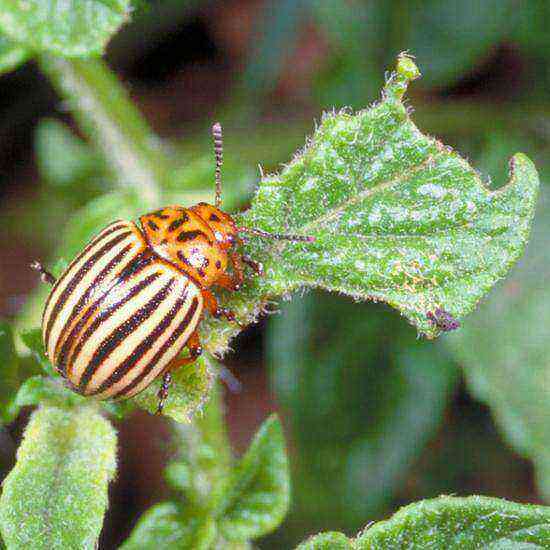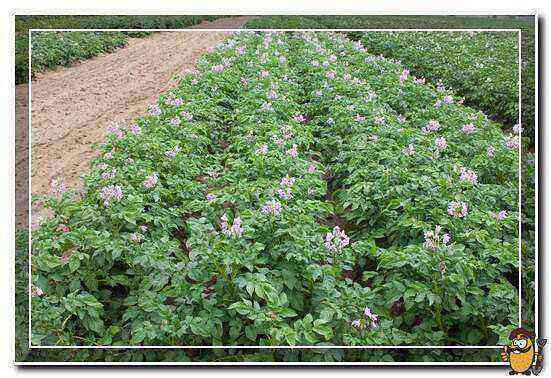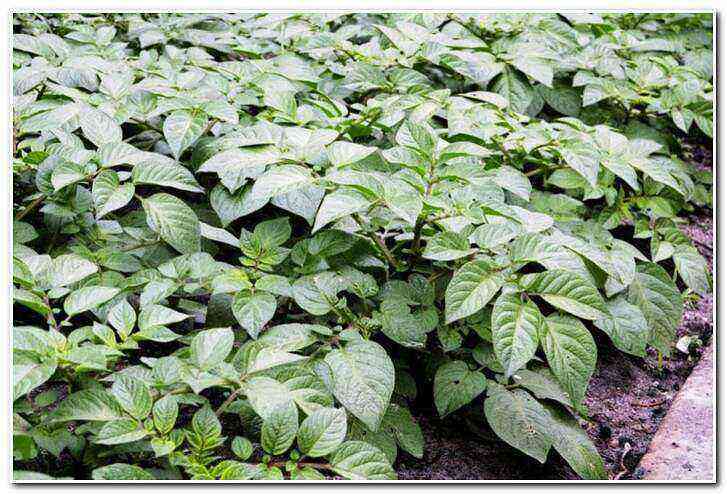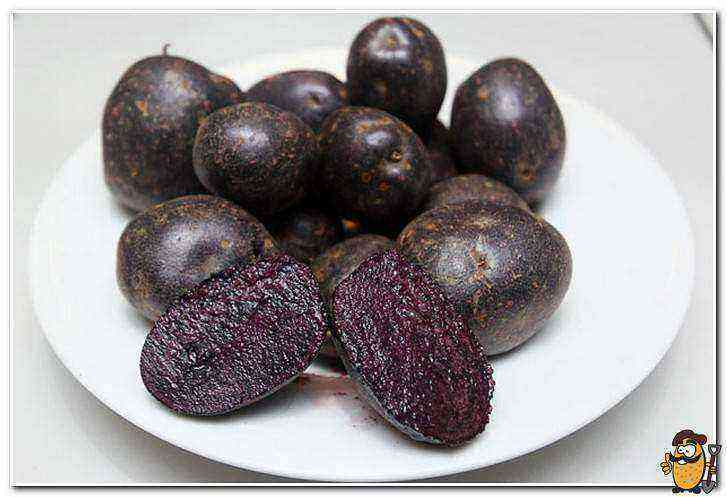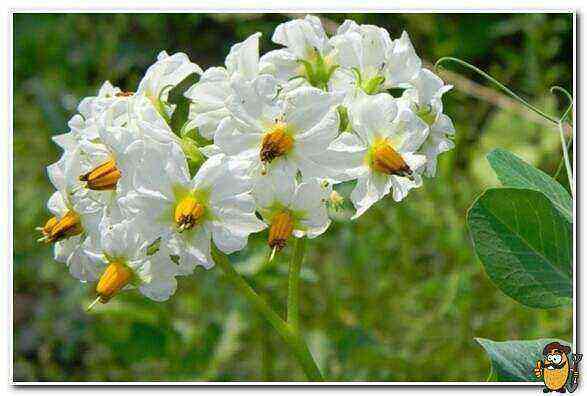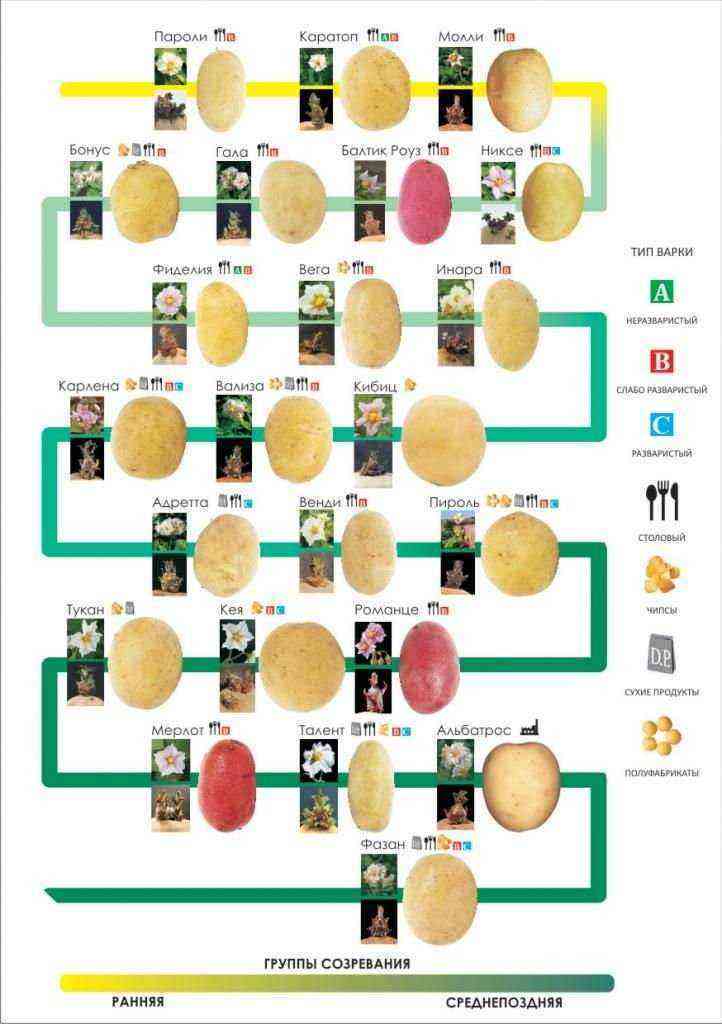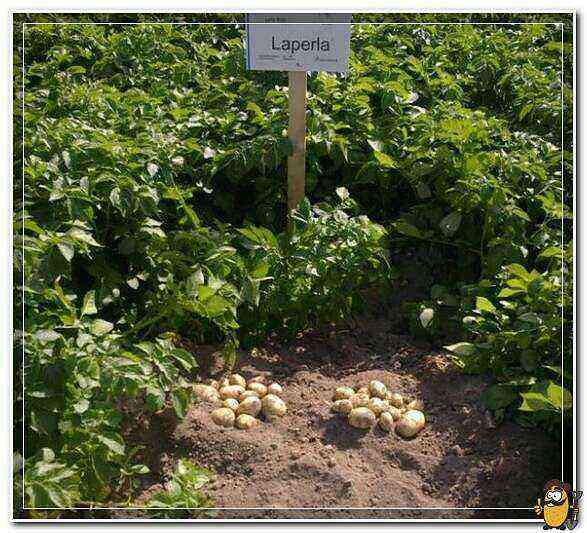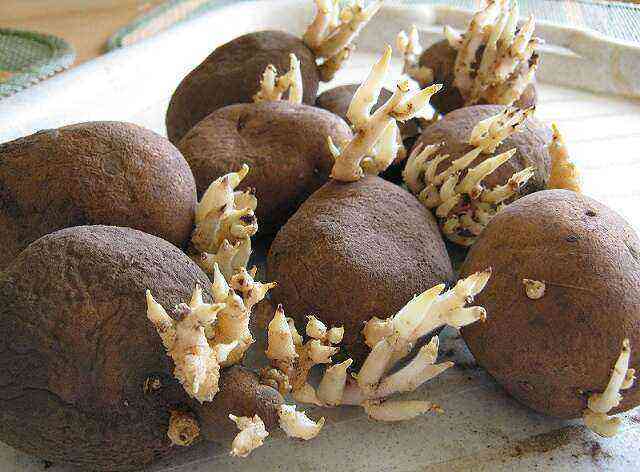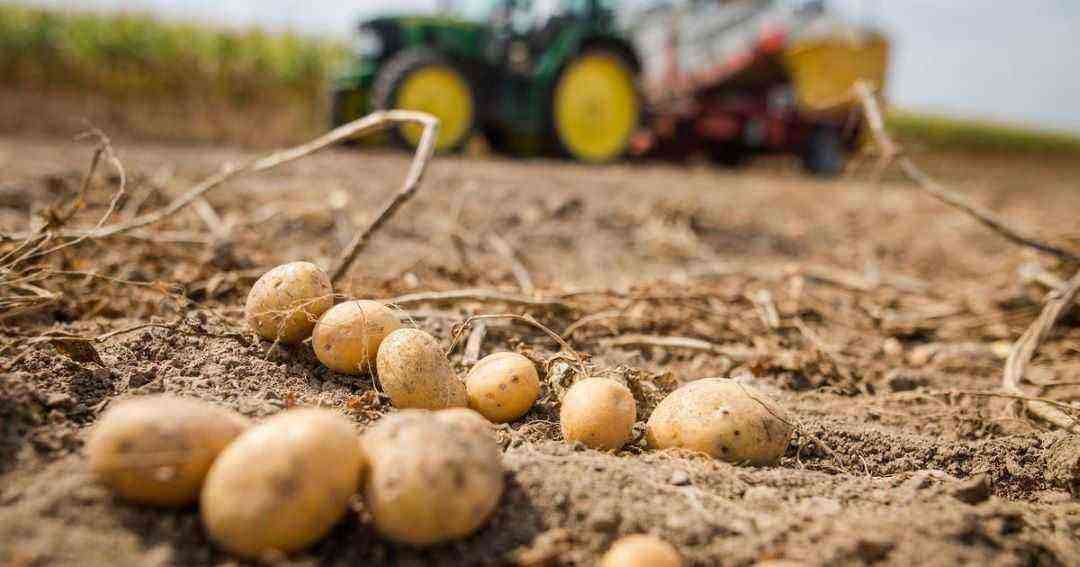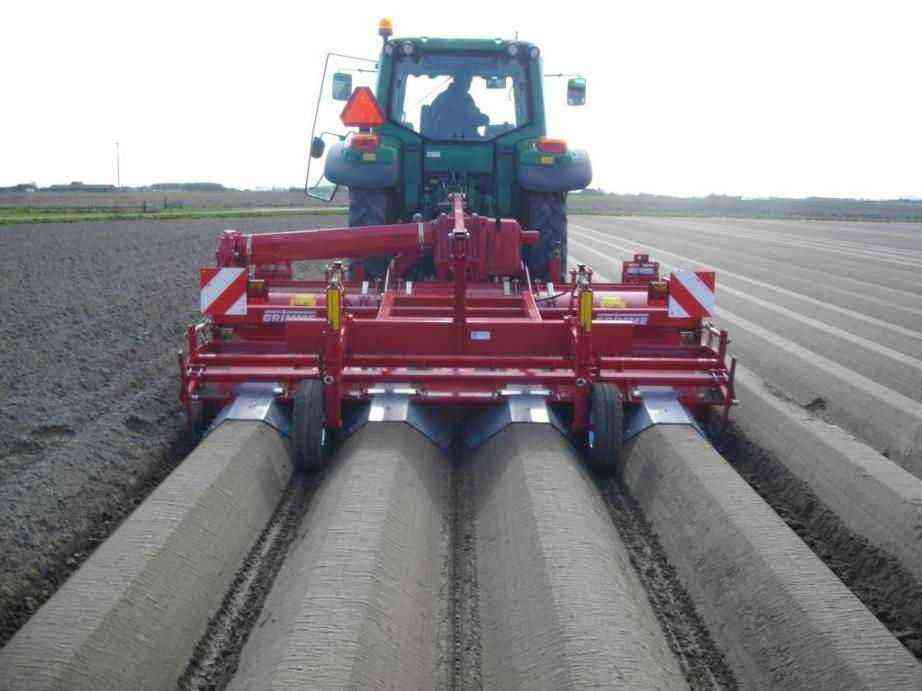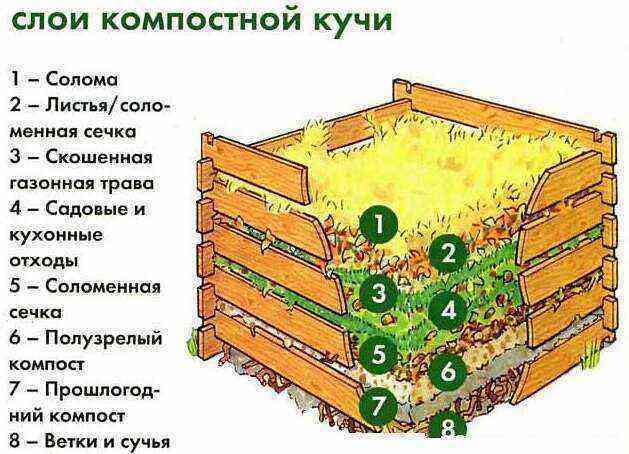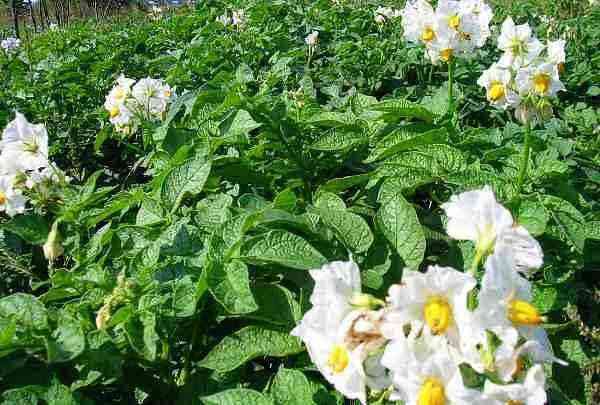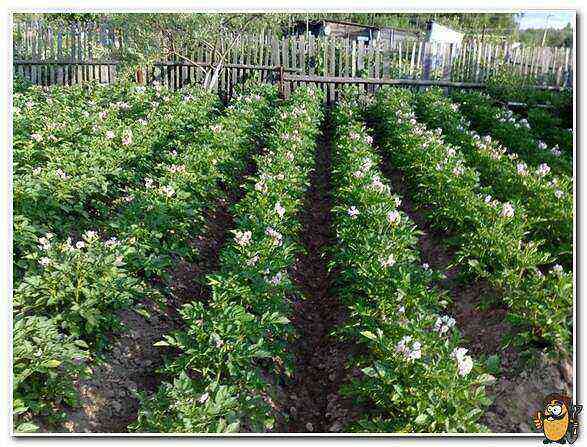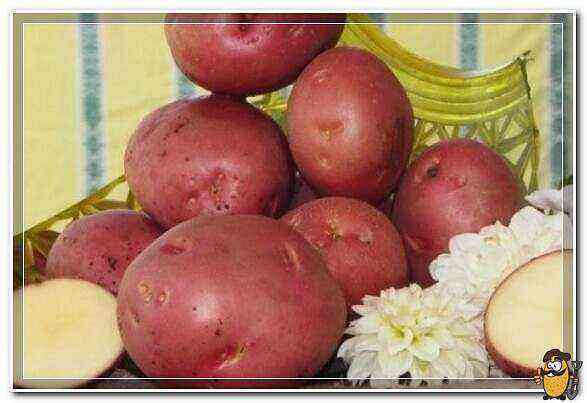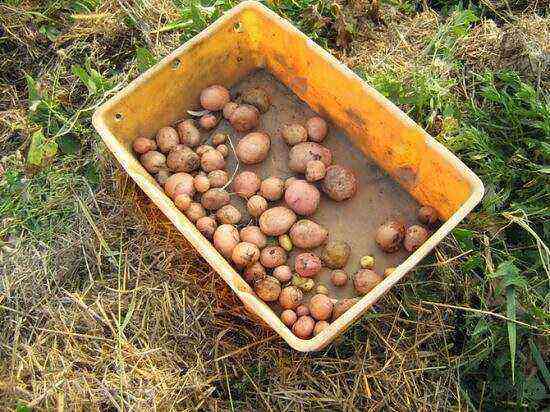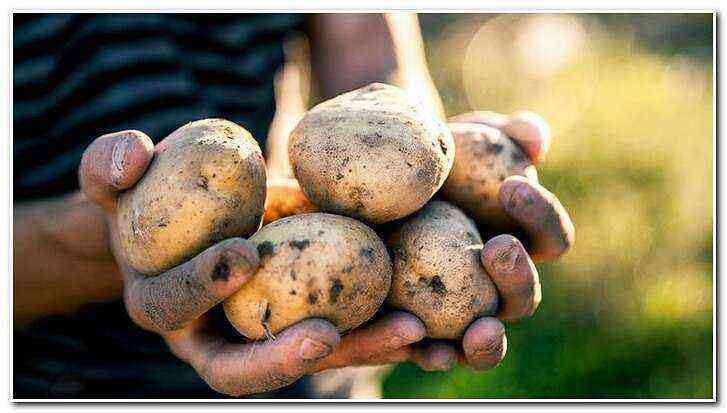Potatoes Ivan da Marya. Some varieties of foreign-bred potatoes take root so strongly in our country that they even lose their original name. They become truly national and receive new names for the place of cultivation. This is exactly what happened with the Dutch Picasso potatoes, which were brought to us back in the Gorbachev era.
Thanks to folk selection, many of its clones appeared on the territory of the Russian Federation, against the background of which the potato variety Ivan da Marya stands out. What is this culture? And how does it manage to remain in demand among summer residents and gardeners for more than 20 years? Let’s try to figure it out.
A bit of history
Why the Dutch named the potato after the famous artist is not known for certain. Most likely, its unique colors were associated with the paintings of the Spanish painter, but this is only one of the versions. But the origin of our name raises no questions. It is enough to visually compare the dominant flowers of this potato and the medicinal plant of the same name to see their striking similarity.
It should be noted that this potato is not called Ivan da Marya everywhere. In some regions (districts) it was named in its own way. For example, you can hear such names as Ryabukha, Ryabinushka, Limonka and others. At the same time, none of the popular versions of this variety was included in the State Register of Breeding Achievements of Russia, but this did not affect their popularity in any way. What was good about the Dutch once, and now our folk potatoes with the beautiful name Ivan da Marya? First of all, it is excellent taste and high yield. It is for these qualities that the owners of summer cottages fell in love with him.
Description of the variety, characteristics
Potatoes Ivan da Marya is a tall, powerful plant. The bush is upright, compact, with a lot of large leaves. During the flowering period, delicate light beige buds appear on it, which often fall off before they open up. The root system of this variety is as strong as the aerial part. In each nest, from 12 to 20 large tubers are formed, their mass fluctuates between 60-150 g. Small potatoes are almost never found. More than 300 quintals of selected potatoes can be harvested from one hectare of area, but the yield depends on many factors. The main ones are soil fertility and weather, which, as you know, sometimes brings unexpected surprises. Under the worst conditions, the yield is 200 c / ha, and sometimes even less.
Tuber crops of the Ivan da Marya variety can be described as follows:
- slightly elongated oval shape;
- Smooth surface;
- the color of the peel is red with yellow, with the former prevailing at the top of the tuber
- the eyes are deep enough, as a rule, located in the center of the pigment red spot;
- the pulp has a pleasant creamy shade;
- starchiness – 10-14%.
Ripening of tubers of the Ivan da Marya variety occurs 120-150 days from the moment of planting. The product yield is 80-94%. Keeping quality is also quite high, until the next season it remains on average 90% of the total mass.
In many respects, this potato is inferior to other varieties, but despite this it is popular with gardeners. For almost a quarter of a century, they continue to grow it and praise it for its excellent taste. The tubers of this variety have an average digestibility, which allows them to be used in the preparation of a wide variety of dishes. This potato tastes best when fried and baked.
Peculiarities of growing
It must be said right away that the Ivan da Marya variety is very unpretentious and can give good yields on any soil. At the same time, potato growers note that it grows best on light, slightly acidic soils and well-lit areas.
Landing
To get fast and friendly shoots, it is necessary to properly prepare the planting material. For this, healthy medium-sized tubers are selected, on which there should be no rot, mechanical damage and traces of insect activity. The potatoes selected for planting are germinated for 2-3 weeks in a lighted, ventilated room. It is recommended to germinate in lattice plastic or wooden boxes, which can be stacked on top of each other to save space. Tubers, laid out in such a container in two layers, will receive a sufficient amount of light and air. By the way, the boxes should not stand in direct sunlight, this will negatively affect the planting material.
After about 12-15 days, the first shoots will appear on the tubers, from which a whole system of roots will later develop. Such potatoes are completely ready for planting. Withered potatoes and those specimens on which, in addition to sprouts, filamentous formations (a sign of a disease) appeared, are immediately discarded.
It is advisable to treat the planting material with drugs that protect against diseases and stimulate growth. For protection, a solution of potassium permanganate, copper sulfate or ash is used. Well, industrial means Mikon or Poteinin, which include a complex of useful substances, will help accelerate the development of plants. In addition to the aforementioned, gardeners use the preparations Fitosporin, Maxim, Force, Prestige and their analogues. After processing, the potatoes must be dried.
The Ivan da Marya variety is traditionally planted in the ground in the second half of spring – in May. You should not force events and plant in cold ground, risking losing a significant part of the crop due to weather vagaries. The recommended planting pattern is 40 cm between bushes, 70 cm between rows. It is not recommended to deepen the tubers too deep, the optimal laying depth is 10 cm, and with a trench planting method – 5-7 cm.To improve the quality of the soil, you can put a handful or two humus on the bottom of each hole. Onion skins, which are excellent at repelling insect pests, do not hurt either.
Care of plantings
A week after planting, it is necessary to shallow the soil to improve air exchange and moisture flow to the roots. When the aboveground part of the plants reaches a height of 10 cm, the first hilling is carried out with parallel removal of weeds. This agrotechnical technique should be repeated at the very beginning of budding, but already to a greater height – up to 20 cm.
Although this variety is undemanding to the soil, it will not interfere with top dressing. Before the buds appear, the bushes can be sprayed with an artificial biostimulator Epin-Extra. In the same period, many summer residents feed the plants with mullein diluted in water in a ratio of 1:15. At the beginning of flowering, a mixture of wood ash and superphosphate will be an effective top dressing. The optimal dose is 3 tbsp. spoons of each component in 10 liters of water.
Potatoes Ivan da Marya needs good watering, especially in the absence of rain. Before budding, 10 liters of water per square meter will be enough, and during mass flowering, the rate can be increased to 20-25 l / m2. Watering is desirable at least once a week. In general, soil moisture should be constantly monitored, because its excess, as well as deficiency, can lead to serious consequences. For example, excess moisture creates conditions for the development of various pathogens, which will be discussed below.
Susceptibility to diseases and pests
The greatest danger to Ivan da Marya potatoes are the following common diseases.
- Scab is a fungus that infects tubers. After infection, characteristic spots appear on the potato. To combat scab, Fitoplus, Rovral and other drugs with a similar effect are used.
- Late blight is a fungus that can damage not only the aerial part of the plant. Under favorable conditions, namely in rainy weather, it can penetrate the ground and spoil the tubers. A 1% solution of Bordeaux liquid will help get rid of it, while planting will have to be processed for a whole week 1-3 times a day.
- Leaf curl – Caused by a virus that is often carried by aphids. According to various sources, this disease destroys 20% to 70% of the crop. Unlike the first two, it is not treated, the only thing that can be done is to remove diseased plants from the garden.
In addition, the Colorado potato beetle can cause significant damage, and not so much himself as his larvae. Usually, gardeners notice his appearance on the site in time and take all the necessary measures. If there are few insects (first wave), they can be collected and destroyed by hand. In case of a mass invasion, one cannot do without special means – insecticides Tsimbush, Aktellik and the like.
Harvesting
Since Ivan da Marya is a medium late variety, its harvest, as a rule, falls on the second half of September. By this time, the tops fall to the ground and dry out. Harvesting is carried out on warm, dry days to air dry the potatoes extracted from the ground. This procedure takes no more than 3 hours. After drying, the potatoes are left in the utility room for 1,5-2 weeks. This is a preparatory stage before laying for storage, during which the skin on the tubers coarsens, and mechanical damage is healed. Before being sent to storage, the harvested crop is carefully examined and sick and badly damaged specimens are discarded.
Storage
If Ivan da Maryu potatoes are planned to be grown in the next season, before storing them, it is necessary to select medium-sized tubers from the total mass, which will be used as planting material. Store in boxes or in bulk in a well-ventilated, cool place. Cellars and basements with a constant air temperature of 2 to 5 degrees are best suited for this purpose. It is also practiced storage directly on the site in special pits with a depth of 1,5 meters. From above, the potatoes are covered with straw and a layer of earth 70-80 cm thick. This is enough so that in winter the frost does not get to it and spoil it.
In conclusion
What attracts gardeners with potatoes of the Ivan da Marya variety? Reviews explain the nationwide love for this potato. People write about many of its positive qualities, and most often they mention the unsurpassed taste. Special praise deserves the high yield of the variety, the size and quality of the tubers, as well as the ability to successfully grow it on almost any soil. Well, the shortcomings, although they are significant, will not become a problem if all the rules of agricultural technology are observed.
